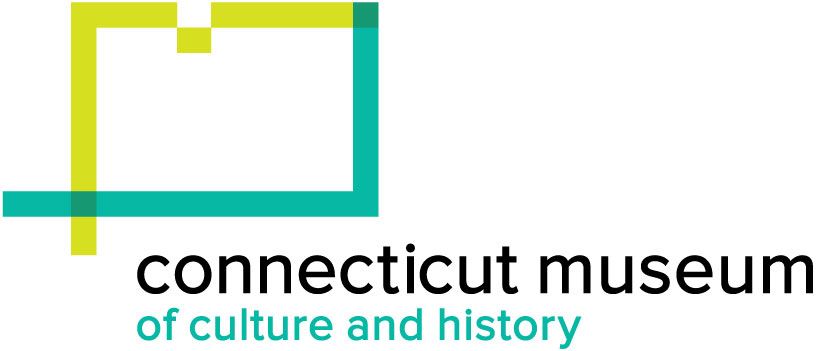Bomba Ashé and Cepeda Family Concert, 2014
PerformerPerformed by
Roberto Cepeda
(Puerto Rican)
PerformerPerformed by
Gloria Lopez
Date2014 October 2
Mediumborn digital video
DimensionsDuration: 4 Minutes, 59 Seconds
ClassificationsGraphics
Credit LineConnecticut Cultural Heritage Arts Program collections
CopyrightIn Copyright
Object number2015.196.323.5
DescriptionVideo of a Cepeda Family and Bomba Ashé concert at the Hartford Public Library on October 2, 2014. This video shows the musical performance.
NotesBiographical Note for Roberto Cepeda and Bomba Ashé: A member of the beloved and renowned Puerto Rican folklore dynasty La Familia Cepeda from Santurce on the island, legendary dancer Roberto has been carrying on the family’s bomba y plena traditions since he was five years old. Roberto Cepeda Brenes carries forward the renowned Cepeda family legacy of Afro-Puerto Rican bomba y plena, learned from his father, Rafael Cepeda, known in Puerto Rico as “Patriarch of the Bomba,” and his mother, Caridad Brenes de Cepeda, a bomba dancer. Bomba is a form of music and dance that is an interactive communication of the dancer with the drums, part of the artistic legacy of slavery. Roberto grew up in his family’s musical legacy, performing with La Familia Cepeda around the Caribbean. Roberto had a natural gift for dancing, so much so that he upended the traditional method of entry into the bomba tradition through first learning supporting percussion like the cuá, to the more advanced deep barrel drum called the buleador, and finally to the lead primo drum—all before learning to dance with the lead drum in intricate and improvised steps. Instead, Roberto began with dance and worked backward. As a Puerto Rican cultural leader, he is dedicated to the teaching and preservation of African-based music from Cuba and Puerto Rico. Roberto has toured all over the world sharing both bomba and plena musical traditions, and has been teaching the percussion and dance of bomba for decades. Many of his former students have gone on to begin their own careers in bomba. Currently Roberto leads the group Bomba Ashé and also sings, dances, and plays a variety of drums including the panderos of plena and the barriles of bomba. Based in the U.S. since 1965, and in Connecticut since 2016, Roberto offers master classes and workshops on drumming and dancing, presents educational programs in schools, and has performed as a soloist with leading Puerto Rican artists such as Los Pleneros de la 21 and Eddie Palmieri. Bomba Ashé includes Roberto’s wife Gloria Lopez, an accomplished bomba dancer and singer herself, and many of the most experienced bomba y plena musicians in the Northeast.
The Puerto Rican traditional dance form known as bomba developed on the sugar cane plantations throughout the coastal areas of the island, arising as the musical expressions of enslaved Africans brought to work there from the 17th century. Connections with other colonized Africans and Caribbean groups from Haiti, Cuba, and Santo Domingo created a rich variety of percussion-driven rhythms in bomba, along with songs and dances that told stories, related histories and social values, and sometimes conveyed messages of rebellion. Traditional instruments include barrel drums, maracas, and rhythm sticks. Songs and dances are extemporaneous and creative in conversation with the drum rhythms in call and response patterns. Bomba has been constant in the musical landscape of Puerto Rico among traditional communities, accompanying community gatherings and festivals, as well as public performances.
Plena functions as a “sung newspaper” for the people who moved increasingly into cities on the island after the end of slavery. There they connected with local rural residents called jibaros, as well as with Taino descendants, creating a mix of cultural influences that is reflected in the sounds and narrative lyrics of plena. Instruments are primarily the three sizes of the pandereta, a hand-held drum, and the guiro, a serrated gourd that is scraped to produce a soft background rhythm. Both bomba and plena have found new life, great popularity, and skilled practitioners in mainland Puerto Rican communities. Plena musicians can be identified by their white panama hats.
Additional audio, video, and photographic materials exist in the archive relating to these artists.
Cataloging Note: This project was made possible in part by the Institute of Museum and Library Services MA-245929-OMS-20.
Status
Not on view